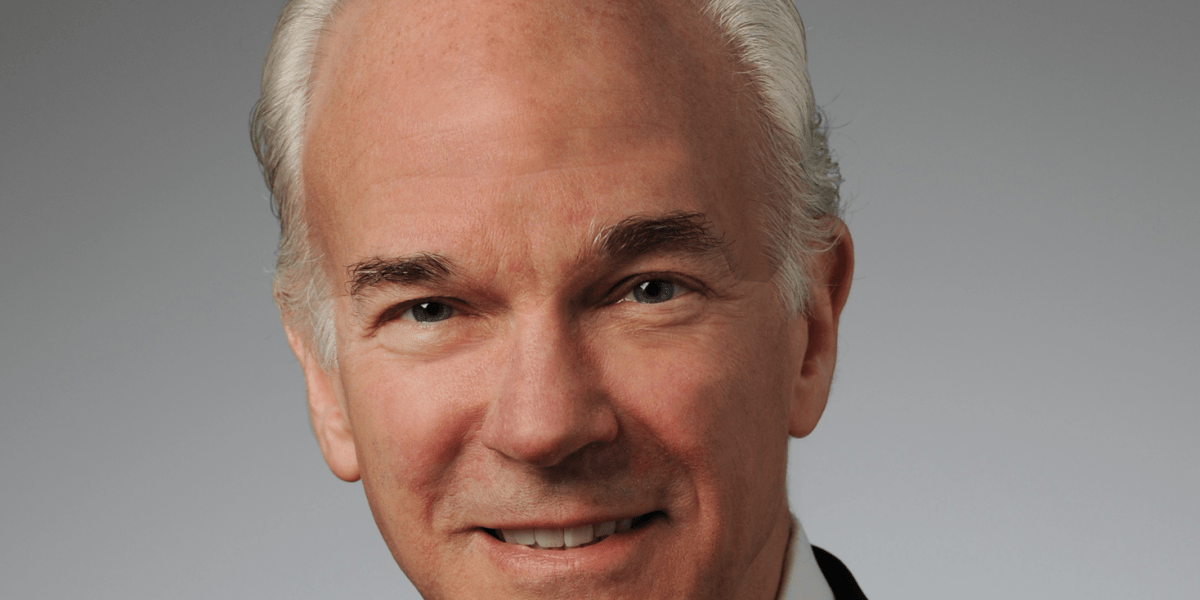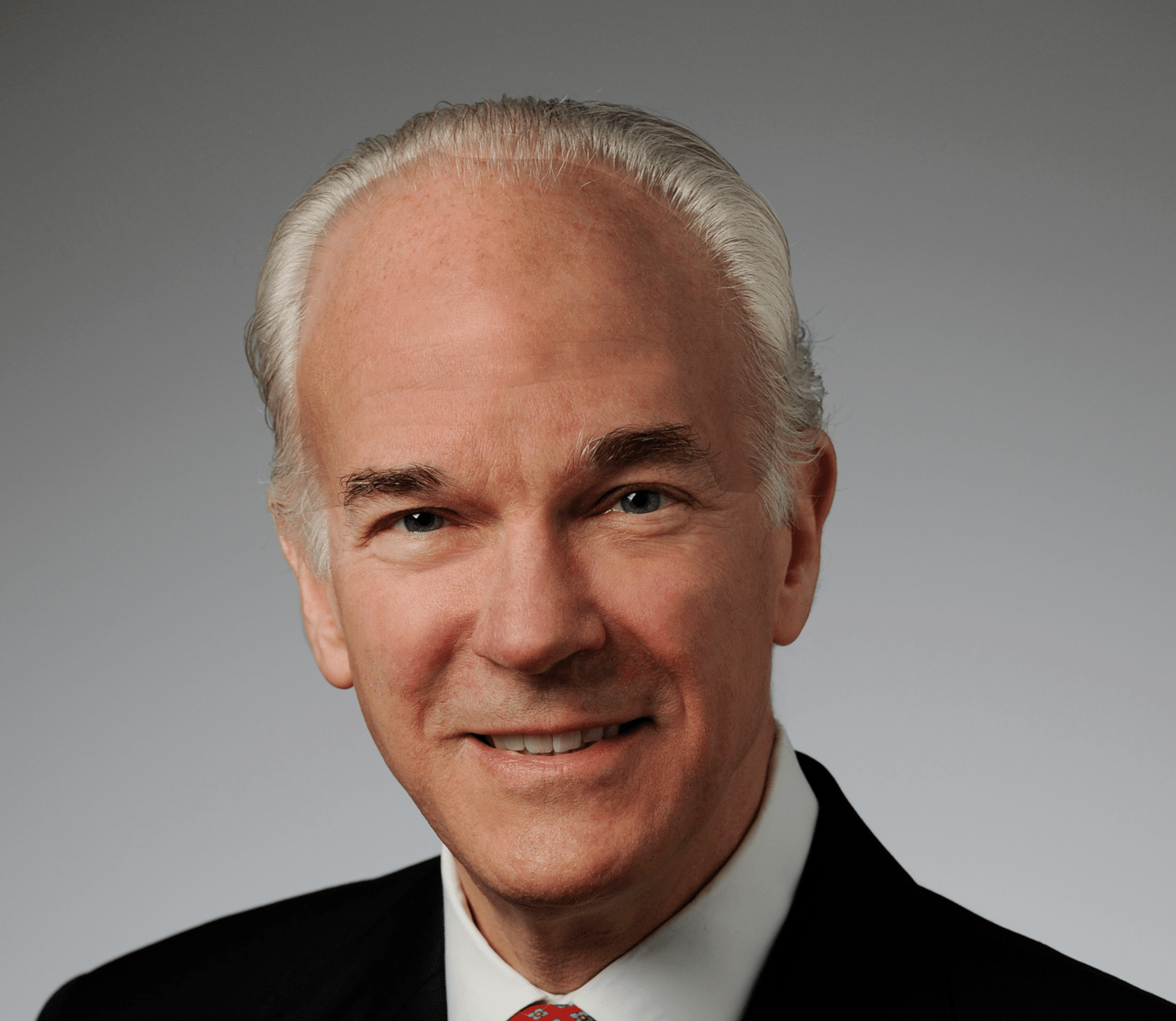From transactional to transformational: Four strategies for donors to drive lasting impact


Philanthropy is at a turning point. Nonprofits face rising costs, declining donor participation and shrinking federal support. Yet those who do give are contributing more than ever.
Affluent donors often concentrate their support on a smaller number of organizations, with many making multi-year commitments, according to the 2025 Bank of America Study of Philanthropy conducted in partnership with the Indiana University Lilly Family School of Philanthropy.
“The role of donors is evolving – and so are the ways they think about and practice their giving. Today’s giving, especially by affluent donors, often goes beyond one-off, occasional gifts, as valuable as those are. It’s also about creating lasting impact at a time when nonprofits need both seasonal generosity and meaningful, long-term commitment,” said Amir Pasic, Eugene R. Tempel Dean of the Indiana University Lilly Family School of Philanthropy.
I’ve spent over two decades helping nonprofits and families turn generosity into lasting change. Here are four ways donors can meet this moment and move from transactional giving to transformational impact.
1 – Engage the next generation
The largest transfer of wealth in history – estimated at $84 trillion – is now underway, with most of that wealth passing to children and grandchildren. Yet only 13% of affluent donors involve younger family members in charitable decisions.
That gap is a missed opportunity. Excluding heirs puts philanthropic efforts at risk of becoming an afterthought rather than a shared family value. Involving children and grandchildren early strengthens relationships, prevents conflict and ensures giving reflects shared priorities.
Philanthropy can be the glue that binds generations. Gathering around the dinner table to make charitable decisions opens conversations about values, purpose and legacy in a way few other family activities can. When younger family members are educated, engaged and empowered to act, they carry forward not just your wealth, but your vision for change. That, in many ways, is every bit as meaningful as the dollars given.
2 – Redefine what it means to give
Money matters, but it’s not the only resource donors can offer. Time, talent and expertise have never been more critical for nonprofits. Financial contributions remain essential, but volunteering and skills-based support are surging: 43% of affluent Americans volunteered in 2024, up from 30% in 2020. Independent Sector estimates each volunteer hour is worth $34.79, a tangible contribution that can rival cash. Those who volunteer are not only more likely to give financially, but also tend to give at higher levels.
This reflects a broader truth: Skills, experience and relationships can be as transformative as cash. A retired executive mentoring a nonprofit leader, or a tech professional building a website for a local charity, can fundamentally strengthen an organization from within.
The most effective donors integrate time, talent and treasure, creating stronger nonprofits and finding deeper personal fulfillment in the process.
3 – Break the W4 cycle
A large number of annual donations occur in December, driven by tax deadlines and holiday giving. While that burst of generosity is vital, it can make it hard for nonprofits to plan budgets, staff programs and respond to needs year-round.
A more sustainable approach gives nonprofits the flexibility to grow with confidence. Breaking the cycle is one of the simplest, yet powerful ways to strengthen the organizations you care about.
In investing, consistency matters more than timing the market. Philanthropy works the same way. When giving becomes a steady, strategic commitment rather than a seasonal gesture, nonprofits gain the stability they need to thrive.
4 – Think long-term
Short-term generosity can meet urgent needs, but long-term giving is what allows nonprofits to plan, grow and tackle root causes. One in four affluent households now use structured giving vehicles such as:
- Donor-Advised Funds (DAFs): Flexible accounts that let you contribute now, take an immediate tax deduction and recommend grants over time.
- Charitable Trusts: Legal structures that can provide income to the donor or heirs while committing assets to charity in the future.
- Wills with Charitable Provisions: Estate plans that ensure part of your wealth supports causes you care about after your lifetime.
These tools do more than offer tax advantages; they create predictability for nonprofits, enabling them to budget years ahead and invest in long-term solutions. Pairing these vehicles with a clear philanthropic strategy ensures your giving addresses root causes and endures for generations.
The bottom line
Philanthropy is evolving – and so is the role of the donor. The most effective giving today is inclusive, strategic and sustained. By involving the next generation, expanding the definition of giving, committing year-round and thinking long-term, donors can move beyond meeting immediate needs to shaping the future.
The opinions expressed in Fortune.com commentary pieces are solely the views of their authors and do not necessarily reflect the opinions and beliefs of Fortune.





